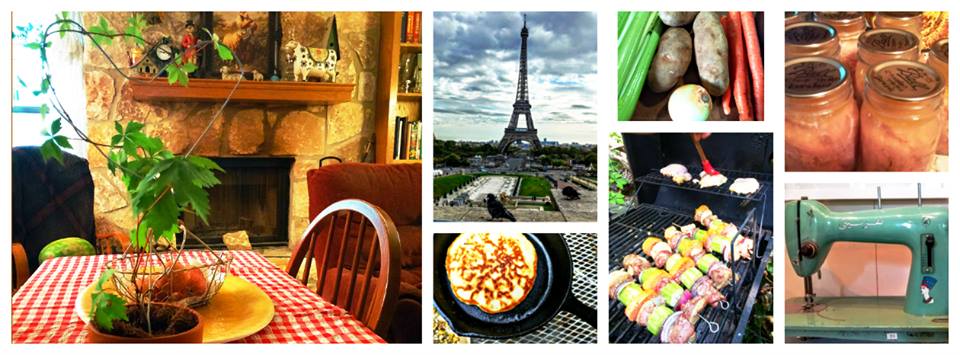
One of the things that we're working on is certifying our yard as a wildlife habitat. What does this mean? Well, many things. My family likes being outdoors and seeing animals come to our house - rabbits, squirrels, possum's, raccoons, frogs, lizards, birds, bats, snakes... yes snakes. I don't mind a simple garden snake. They after all, DO serve a purpose. We also don't like cookie cutter backyards. I'm one of those people who gets frustrated when I watch the home decorating network on TV and they start chopping down trees and shrubs for curb appeal. I LIKE trees, I LIKE shrubs, and wild plants. So do wildlife.
To be certified, our backyard needs to provide food, shelter, water, and a place for young to thrive. Also, we need to be showing good stewardship in how we handle pesticides, water conservation, and compost, etc.

With a keen interest in seed saving, and growing healthier (non genetically modified) vegetables, I stopped using pesticides several years ago. This includes spraying for mosquitoes. One of the most natural (and effective) ways to combat insects is using cedar mulch! Not only does it smell wonderful, but the bugs will find somewhere else to burrow. Home Depot sells local Texas cedar that is amazingly cheap - about $2-something a bag. The few bags I had purchased from Walmart's were not only more expensive than Home Depot, but were disappointing in texture and smell. Not worth it, in my opinion.

Enjoying the outdoors from a screened porch was the best investment we had ever made!

Seasonal pools are considered a water source for the wildlife habitat. The pool fountain offers relaxing background noise of splashing water, and even cools the air. Colorful dragonflies, birds, and hovering bumble bees love to dive over the sparkling water.



Squirrel nest above the pool.

This is an old English ivy climbing the tree. Considered invasive to some, but I love it.


This is an invasive reed that I do need to take under control. Currently I have been harvesting it for "bamboo" projects which I will share about later.

Growth by the fence that harbors many bird's nests.

Gotta have blackberries!

Wild honeysuckle... smells wonderful in the mornings and evenings!

We no longer mow our backyard, but now use an electric weed eater to trim away paths.

bird's nest almost eye level. Can hear baby chicks when we walk underneath.

We have a lot of work to do to get our yard in shape, but it's well worth it having the great outdoors right at our doorstep! What will the certification gain? Hopefully interested neighbors. I would love to see more people take an interest in making their suburban backyards a wildlife habitat!
 What a pleasant surprise to find a wild Mulberry tree growing in my backyard. I've seen the tree thrive from a young sprout, to a towering giant, never noticing the yummy berries it produced. It was while I was walking in my backyard that I did a double-take, mistaking a branch for wild blackberries. But blackberries don't grow on trees....
What a pleasant surprise to find a wild Mulberry tree growing in my backyard. I've seen the tree thrive from a young sprout, to a towering giant, never noticing the yummy berries it produced. It was while I was walking in my backyard that I did a double-take, mistaking a branch for wild blackberries. But blackberries don't grow on trees.... Sure enough, it's Mulberry! Must had been brought over by bird droppings. Just like I'm finding pecan's growing in my flower pots, more than likely from the squirrels. We don't have any pecan trees in our yard.
Sure enough, it's Mulberry! Must had been brought over by bird droppings. Just like I'm finding pecan's growing in my flower pots, more than likely from the squirrels. We don't have any pecan trees in our yard. 
















